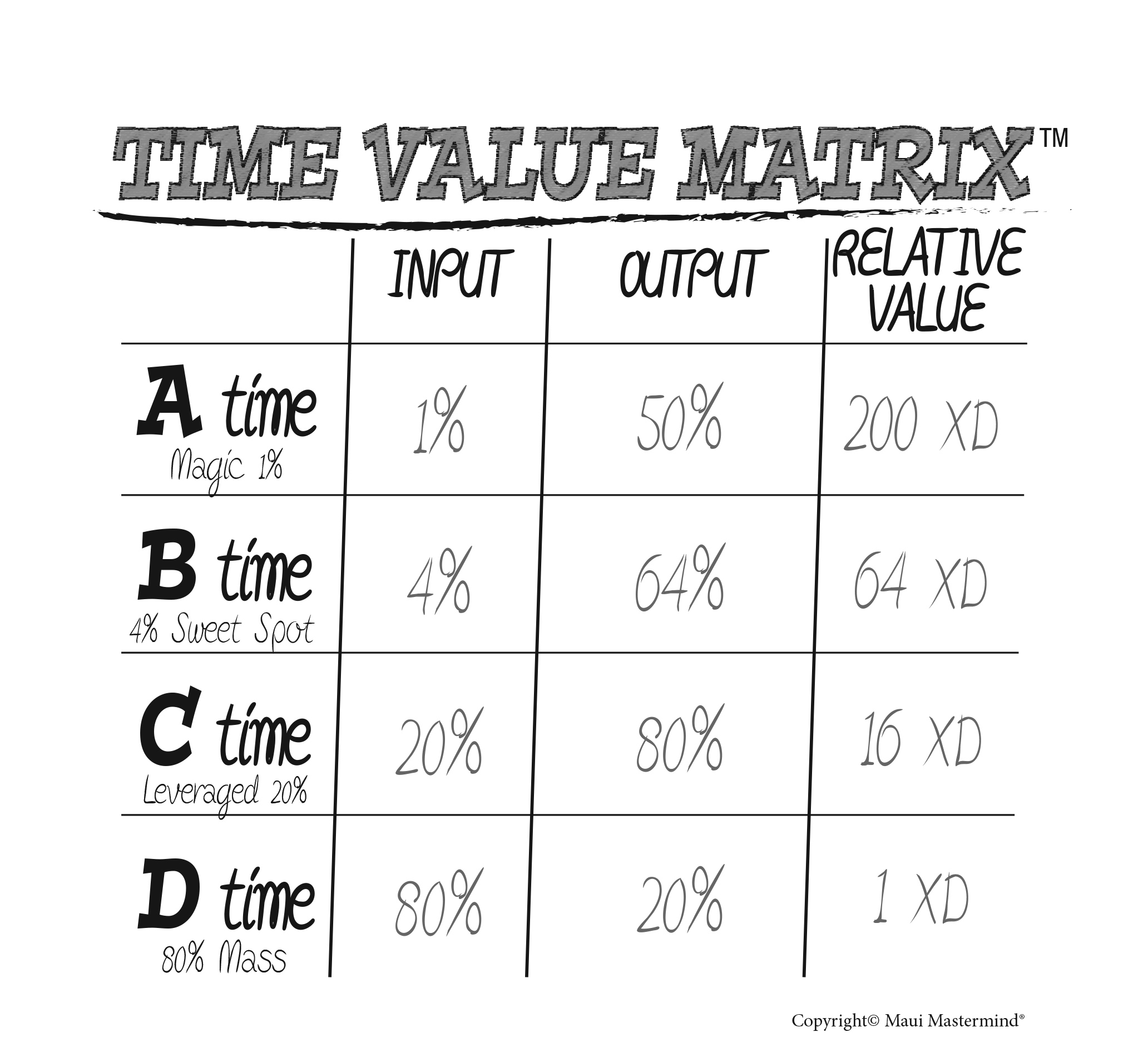The True Secret to Getting More Done in Less Time
If 20 years of coaching business owners on growing their companies has taught me anything, it’s this:
The average business owner is overworked, stressed out, and feels pulled in 20 directions.
What You’ve Been Told About Scaling… Is Wrong.
Freedom is not found in hustle, hacks, or grinding harder. It’s found in building a business that runs without you.

Download The Untold Business Scaling Blueprint and Discover:
Most of all, they’re frustrated. Frustrated that they have too many lower-value tasks that clutter up their day and make it difficult to focus on those fewer, better things that potentially create the most value for their company.
Sadly, their “solution” is simply to work harder. They increase their hours, work at night and over the weekend. But all this just helps them maintain the status quo, not get ahead.
I want to let you in on a little secret. Working harder is not the answer. It will not get you the results you crave. In fact, the harder you work, chances are, the less you’ll accomplish that really matters. I know this sounds easy for me to say, but hang in there with me as I walk through a key concept with you.
You’ve likely heard of the Pareto Principle, which states that 80 percent of your efforts produces 20 percent of your results, and that 20 percent of your efforts produces 80 percent of your results. Well, if this is true (and my experience shows me that it is), let’s apply this concept more rigorously.
If you take that 20 percent of your actions that generates 80 percent of your results and apply the same distinction, then 20 percent of that 20 percent produces 80 percent of 80 percent of your results. That means that 4 percent of your efforts (the 20 percent of 20 percent) generates 64 percent of your results.
And if you can bear with me for another math moment, apply this distinction one more time…
This means that 1 percent (20 percent of 20 percent of 20 percent) generates 50 percent of your results! Think about it–1 percent of your highest-leverage work produces 50 percent of all your results!
The Time Value Matrix
Finding a productivity hack that is right for you can be difficult to do in the beginning, however, there is a way to prioritize tasks that you might have to do at work. We use Pareto’s Principle to create the Time Value Matrix (see image below), which is an actual tool my team and I created for our business coaching clients to help them quickly and accurately break their activities down into these four distinct categories of time: A Time, B Time, C Time, and D Time. These different categories will break your overall workload to smaller tasks, cut your work down by fewer hours and help focus your mental energy on the more important task work.

D Time is the 80 percent of unleveraged, wasteful time that only produces 20 percent of your total return. I call this time the “80 Percent Mass.” These are the low-value activities that don’t add value and should be deleted, delegated, delayed, or designed out of occurring in the first place.
C Time is the leveraged 20 percent that produces 80 percent of your results. I call this the “Leveraged Time.” These are the activities that do produce value, but generally they maintain your status quo, not get you ahead.
Now for most people, the previous distinction is the only one they have ever made about time. They may call it “billable” vs. “non-billable” time, or by other names. And while it’s better to at least make this distinction, if this is the only one you’re making about time, you are never going to earn what you are capable of earning, in terms of income or net worth.
Next there is B Time. This is the highly focused 4 percent that generates 64 percent of your results. I call this time the “4 Percent Sweet Spot.” These activities create a magnitude more value than those C Time activities.
And finally, there is the top of the pyramid: A Time, the “Magic 1 Percent.” Fully 50 percent of your results come from these activities. These tasks may take only an hour or two, but they produce miracles for your company.
The Most Important Time in the Time Value Matrix
Did you know that most people not only have no idea how their activities fall into the above four categories, but they don’t even know the categories exist? How in the world can you create more A Time and B Time if you don’t know which activities constitute A Time and B Time for you?
When you really get this distinction and shift your focus from “putting in hours” to upgrading the type of work you do (more A Time and B Time; less D Time) in the course of your day, the results are amazing.
Let me share an example with you. Imagine you are an attorney who charges $300 an hour. What would your D Time activities be? Things like fixing a computer glitch or making copies or sorting out mail or any of the things you do that you cannot bill a client for. What should you do with these activities? Delay them, delegate them, or dump them. You simply cannot afford to do them yourself.
What would your C Time activities be? Anything that is billable for you. This could include working on a legal brief or reviewing a contract or updating a client.
Understand this: C Time can provide you with a great income, but you will always have to work exceptionally hard to earn it. This is the trap that catches most high-income professionals. They seek to increase their earnings by cranking out more hours. Mistake! More hours will only take you so far.
The answer lies in A Time and B Time.
B Time for this attorney might include building relationships with other professionals who send over business. Or putting systems in place in the law firm so the staff can get better results without needing so much of our fictional attorney’s time. It might also include creating an accounts receivable system that increases the collection on all the firm’s billings by 10 percent. You get the idea.
What would A Time look like? This could be speaking at a large conference where this attorney is able to generate new client relationships for his or her firm that are worth hundreds of thousands of dollars of billable services. Or it could be writing a book that can be used to generate new business for the firm.
See the difference yet? D Time is by definition something you should get off your plate. C Time is time in which you need to do your work more effectively. A Time and B Time, however, are when you step out of the “doing-ness” of the work and make a move that improves your capacity to create results, or significantly pushes back your limiting factor–generating new clients, improving a critical system, etc.
In fact, by focusing on upgrading your use of time instead of increasing your hours worked, you can often double or triple your income, while at the same time decreasing your working hours.
Here are the real questions for you:
How do your activities fall into the four time categories above?
What are your D activities?
What are your C activities?
What are your B activities?
What are your A activities?
The first step to upgrading your use of time is to clearly identify–in writing–what you do that truly creates value (and what you do that doesn’t).
Takeaways on How to Get More Done In Less Time
At the very least, take the all important first step of listing out your A, B, C, and D time activities. Having the Time Value Matrix in mind while you are completing multiple tasks throughout the entire day can help you become a more productive person at work. Being able to take on different tasks while knowing which particular task to prioritize takes time and practice to make into a habit. An important thing to remember while you are multitasking and finding ways to increase your productivity levels in fewer hours is taking regular breaks throughout the day. Without the regular breaks, you can lose focus more easily and worsen your energy level and productivity levels.

